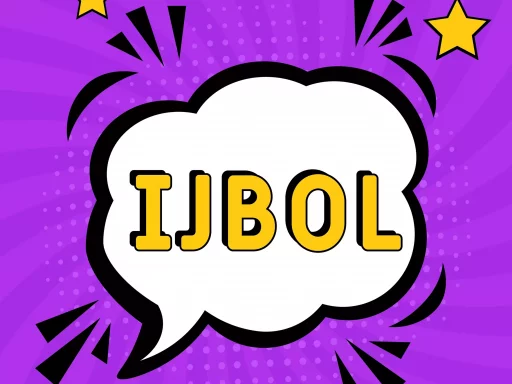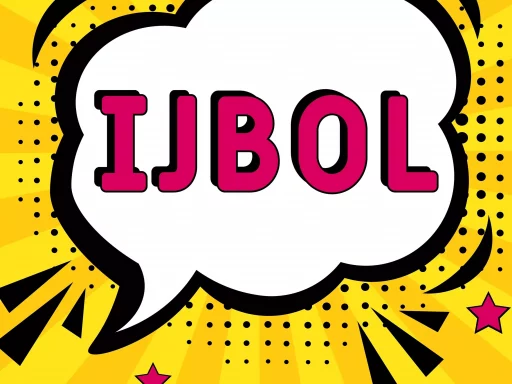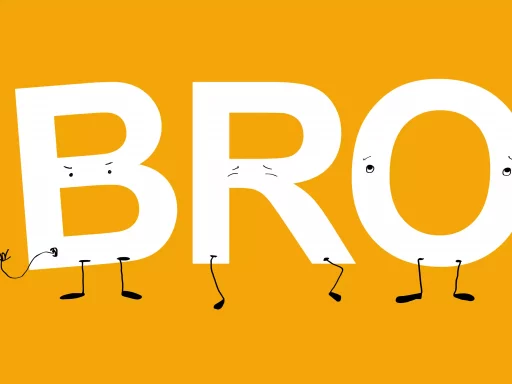Introduction
In the digital age, where communication often takes place through text messages, understanding the nuances of language is more critical than ever. One seemingly simple expression, ‘mhm,’ serves as an excellent example of how tone and emotion can be conveyed through written language. This article will delve into the meaning of ‘mhm’ in text messages, explore its various interpretations, and discuss its role in interpersonal communication.
The Basics of ‘Mhm’
‘Mhm’ is an informal written expression often used in text messages and online communication. It usually denotes agreement, acknowledgment, or understanding. This three-letter sound can be a simple answer to a question or a more complex emotional response, depending on the context.
Contextual Interpretations of ‘Mhm’
The meaning of ‘mhm’ can vary significantly based on the context in which it is used. Below are some common interpretations:
- Agreement: When someone agrees with a statement or opinion.
- Acknowledgment: Indicating that you are listening to someone without necessarily responding with a full answer.
- Encouragement: In some contexts, ‘mhm’ is used to encourage someone to continue speaking.
- Disinterest or Ambivalence: A flat ‘mhm’ might indicate boredom or lack of enthusiasm.
Examples of ‘Mhm’ in Text Messages
1. **Agreement:**
Person A: “Do you think we should go to that new restaurant?”
Person B: “Mhm, sounds good!”
2. **Acknowledgment:**
Person A: “I had a really long day at work today.”
Person B: “Mhm.”
3. **Encouragement:**
Person A: “So anyway, I was thinking about this idea for a project…”
Person B: “Mhm, go on!”
4. **Disinterest:**
Person A: “I just watched this show, and it was really boring.”
Person B: “Mhm…”
The Psychology Behind ‘Mhm’
Psycholinguistic studies suggest that expressions like ‘mhm’ can serve multiple functions in conversation. According to research, fillers and affirmation sounds can contribute to the flow of dialogue and give speakers a moment to think while still showing engagement.
One study conducted by the University of California highlighted that listeners often feel more positively towards speakers who use verbal backchannels like ‘mhm.’ It demonstrates that these small acknowledgments can foster a sense of connection and attentiveness.
Case Studies: Real-life Applications of ‘Mhm’
Case Study 1: Couples Communication
A couple in therapy reported that they often used ‘mhm’ during discussions. Upon reflection, they realized that its usage varied; when said enthusiastically, it indicated support and connection, but a flat ‘mhm’ frequently led to misunderstandings.
Case Study 2: Professional Communication
In a workplace setting, employees noted that their use of ‘mhm’ could affect the dynamics of team discussions. Using a more engaged ‘mhm’ often led to better collaboration, whereas a lackluster response could alienate team members.
Statistics on Communication Styles
According to a survey conducted by Pew Research, 69% of Americans use text messaging as their primary form of communication. Moreover, 53% of respondents noted that understanding tone in texts can be challenging.
This highlights the importance of using expressions like ‘mhm’ to provide clearer emotional context in written communication.
Conclusion
In summary, ‘mhm’ is more than just a simple text expression; it encapsulates the complexities of human communication. Whether it’s showing agreement, acknowledging someone, or expressing disinterest, the context of ‘mhm’ is key to its interpretation. As digital communication continues to evolve, understanding the nuances of expressions like ‘mhm’ will remain vital for effective interaction.






